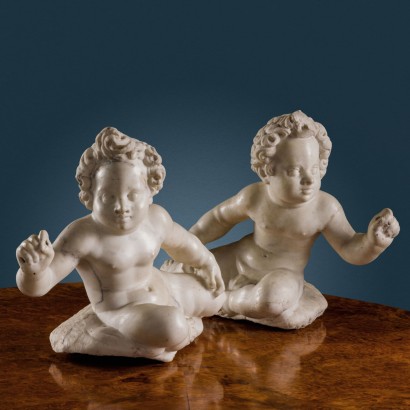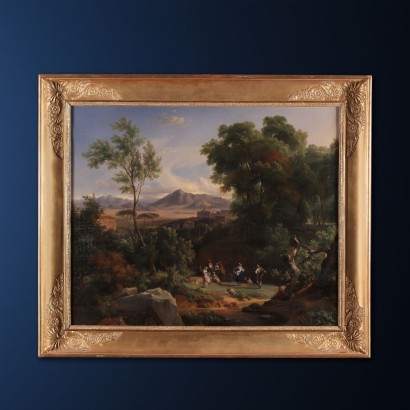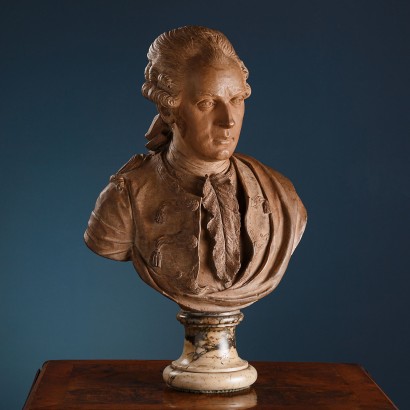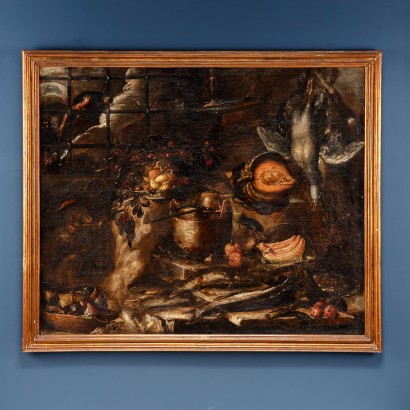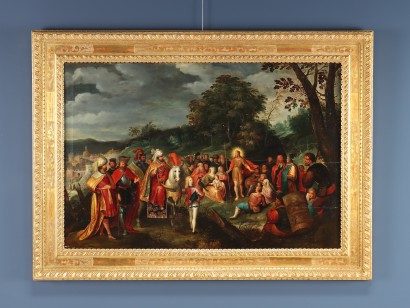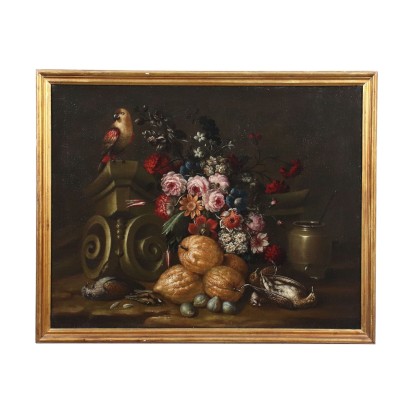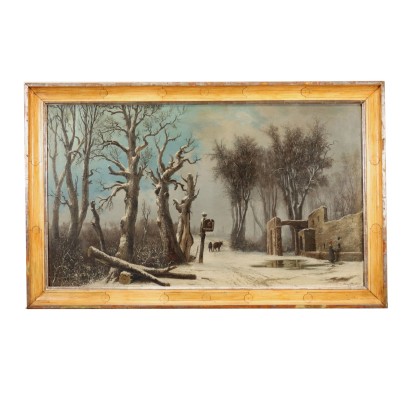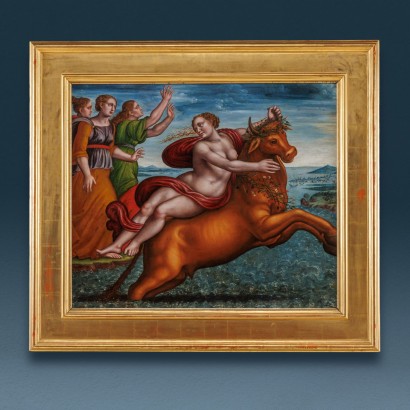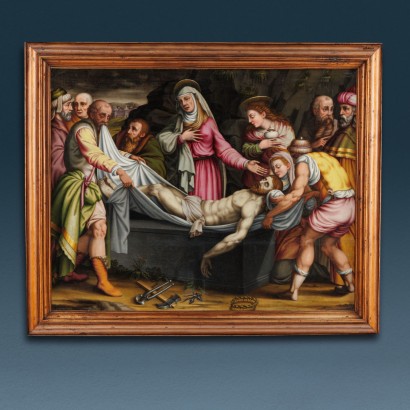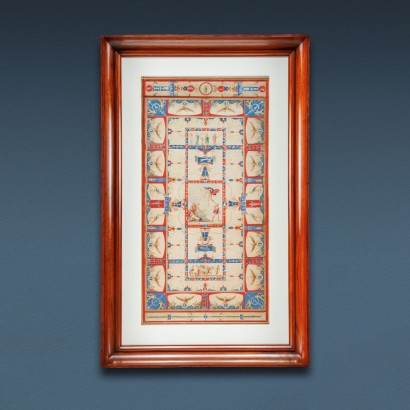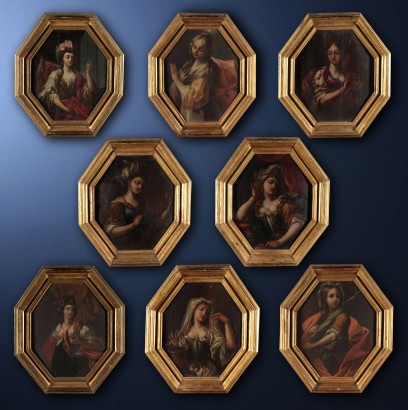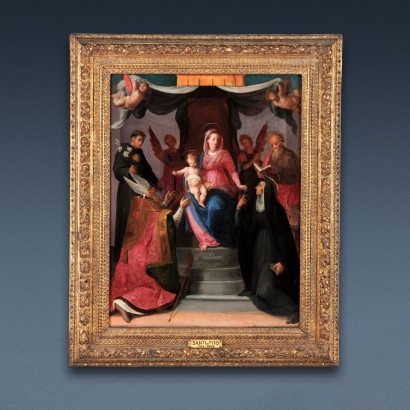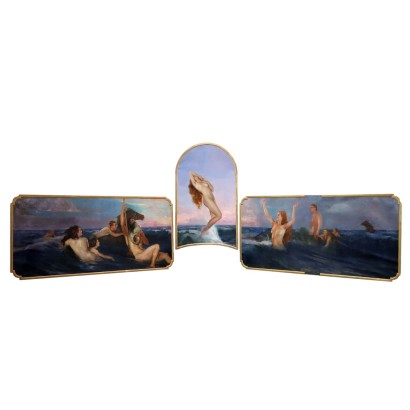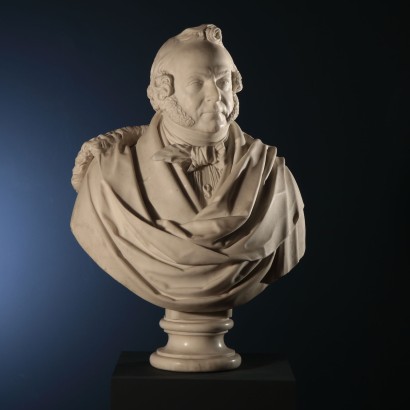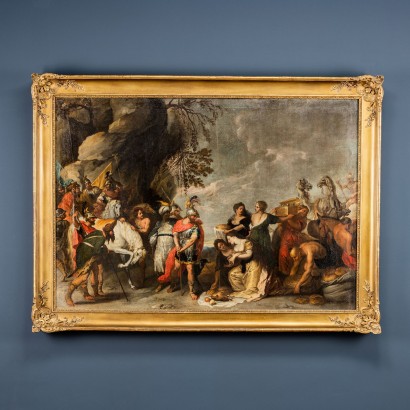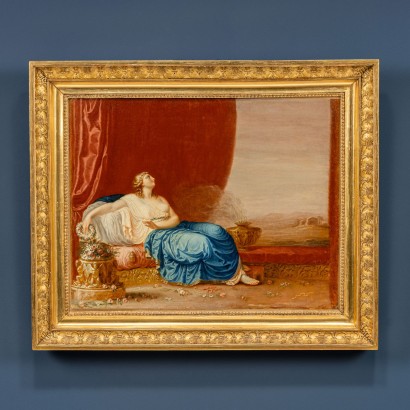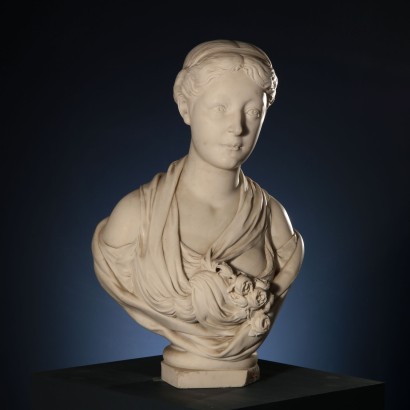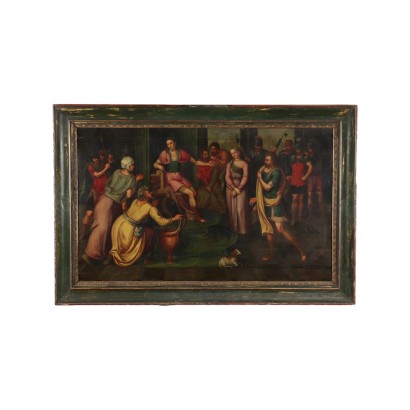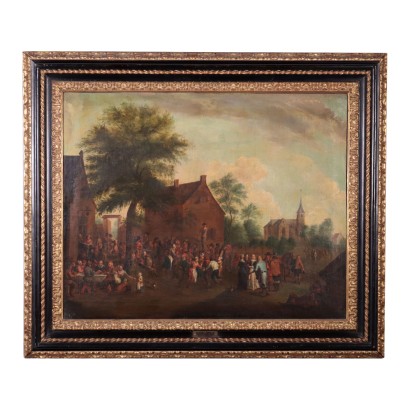In evidence
Specific typology
Price
Age
dimensioni opera
ApplyArtist
Subject
Artistic school
Technical specification
GALLERY
In our catalog, you can find objects and artworks from the 16th century to the present day. Ancient art, icons, contemporary art, old paintings, 19th and 20th-century art; this section is our "Gallery".
Why choose Di Mano in Mano
Unique items in
excellent condition
Each table is carefully selected by our experts. Enrico Sala, our antiques expert, is certified by the Collegio Lombardo.
Restoration and
customization available
Do you have specific needs? Our in-house workshop can restore or adapt each table to your preferences.
Certificate
of authenticity
Each item comes with a certificate verifying its origin, period, and features.
Secure packaging
and international shipping
We use professional packaging and ship worldwide, ensuring maximum protection during transport.
Do you have similar tables to sell? Contact us! 


Sort by

